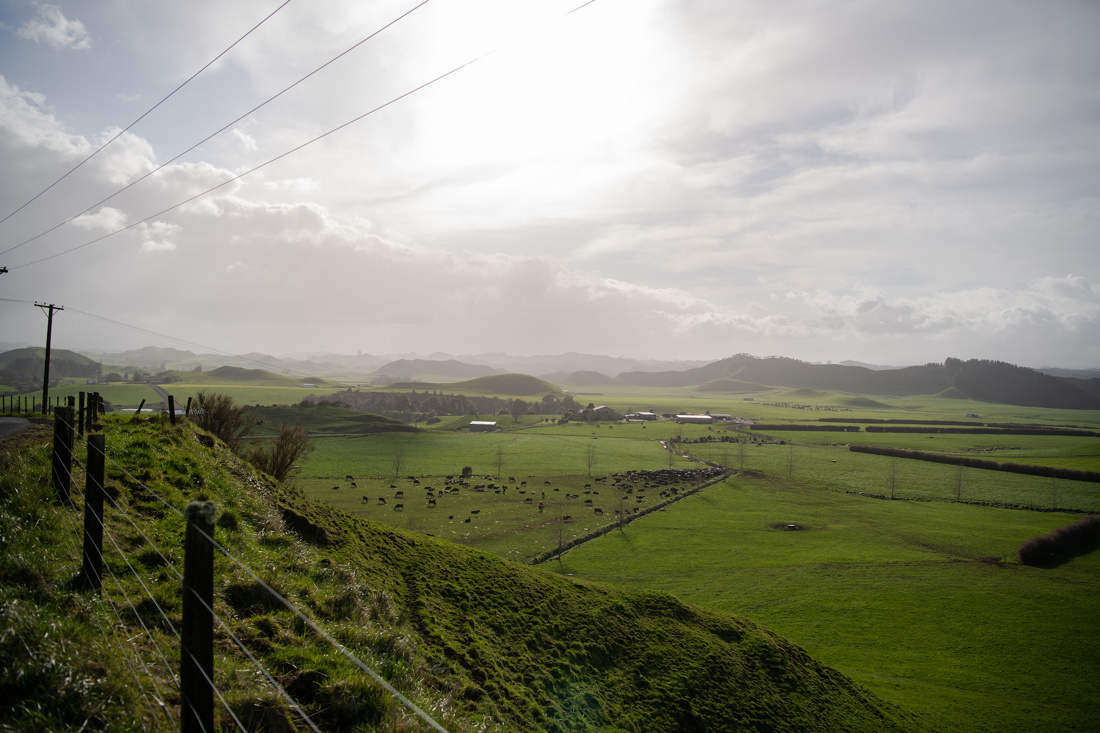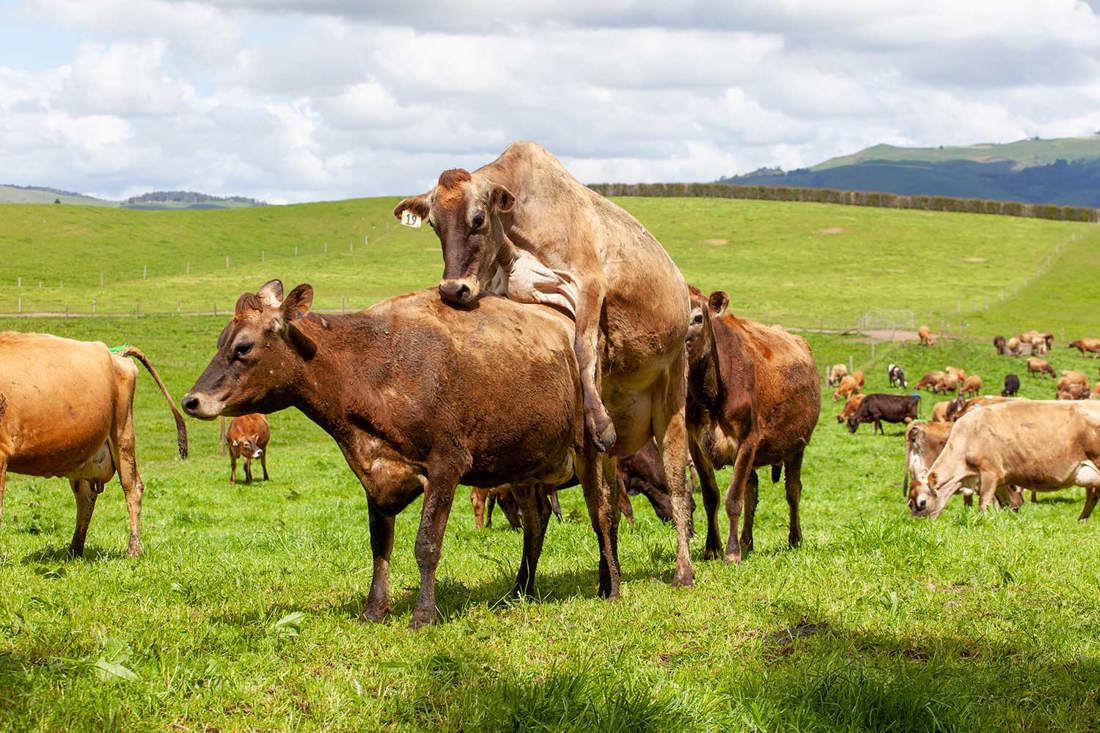Total results 12
Total results 12
-
Breeding Worth
Breeding Worth (BW) is an index that ranks cows and bulls on their ability to breed profitable, efficient replacements. This page explains how BW is used to create herds resilient to changes and disease, therefore increasing farm profits.
Animal•15 min read
Breeding Worth
Breeding Worth (BW) is an index that ranks cows and bulls on their ability to breed profitable, efficient replacements. This page explains how BW is used to create herds resilient to changes and disease, therefore increasing farm profits.
Animal•15 min read
-
Breeding Values
A breeding value is an estimate of an animal's genetic merit for a particular trait. Using breeding values to select cows and bulls to be the parents of the next generation is the most effective way to achieve genetic improvement.
Animal•6 min read
Breeding Values
A breeding value is an estimate of an animal's genetic merit for a particular trait. Using breeding values to select cows and bulls to be the parents of the next generation is the most effective way to achieve genetic improvement.
Animal•6 min read
-
Economic Values
Breeding Worth (BW) is an index that ranks cows and bulls on their ability to breed profitable, efficient replacements. This page explains how BW is used to create herds resilient to changes and disease, therefore increasing farm profits.
Animal•4 min read
Economic Values
Breeding Worth (BW) is an index that ranks cows and bulls on their ability to breed profitable, efficient replacements. This page explains how BW is used to create herds resilient to changes and disease, therefore increasing farm profits.
Animal•4 min read
-
Genomics
Genomics is the use of DNA to predict the future potential and profitability of dairy animals.
Animal•2 min read
Genomics
Animal•2 min read
-
Related tools
Bull Search
Search for an individual bull or set criteria to produce a list of bulls to suit your requirements.
Tools
NZAEL
Bull Team
Simply use the RAS list or search below to add bulls. This page will update with your new selections.
Tools
NZAEL
Ranking of Active Sires
The RAS list is published by NZAEL, an independent animal evaluation body working alongside breeding companies for greater genetic gains.
Tools
NZAEL
Breeding Worth Tool
The Breeding Worth Tool shows the effect that economic values have on the overall breeding worth of a bull.
Tools
NZAEL
Animal Herd Averages
Breeding Worth (BW), Production Worth (PW) and trait Breeding Values are available to help farmers make breeding, culling and purchasing decisions.
Tools
NZAEL
-
Genetic Trends in the National Herd
The page tracks genetic trends in the national herd, noting improvements in economically important traits.
Animal•2 min read
Genetic Trends in the National Herd
The page tracks genetic trends in the national herd, noting improvements in economically important traits.
Animal•2 min read
-
Measuring Breeding Worth Performance
Cow performance measurement lets you identify the most and least productive cows in your herd.
Animal•2 min read
Measuring Breeding Worth Performance
Animal•2 min read
-
Recording Parentage
Effective cow data recording and performance measurement on your farm can make the difference in breeding decisions.
Animal•2 min read
Recording Parentage
Effective cow data recording and performance measurement on your farm can make the difference in breeding decisions.
Animal•2 min read
-
Inbreeding
Inbreeding in cattle is when an animal's DNA is identical because it comes from a common ancestor on both parents' sides. This page explains how inbreeding coefficients estimate the expected degree of inbreeding, but these aren't always precise.
Animal•3 min read
Inbreeding
Inbreeding in cattle is when an animal's DNA is identical because it comes from a common ancestor on both parents' sides. This page explains how inbreeding coefficients estimate the expected degree of inbreeding, but these aren't always precise.
Animal•3 min read
-
Genetic Base Cow
This page covers the concept of a base cow. Breeding Worth (BW) and Breeding Values (BV) are presented as the difference between an animal’s genetic merit and the average genetic merit of the 'base cows’.
Animal•8 min read
Genetic Base Cow
This page covers the concept of a base cow. Breeding Worth (BW) and Breeding Values (BV) are presented as the difference between an animal’s genetic merit and the average genetic merit of the 'base cows’.
Animal•8 min read
-
Genetic Reliability
This page covers the concept of genetic reliability, highlighting the confidence in an animal's breeding value and worth.
Animal•1 min read
Genetic Reliability
This page covers the concept of genetic reliability, highlighting the confidence in an animal's breeding value and worth.
Animal•1 min read

